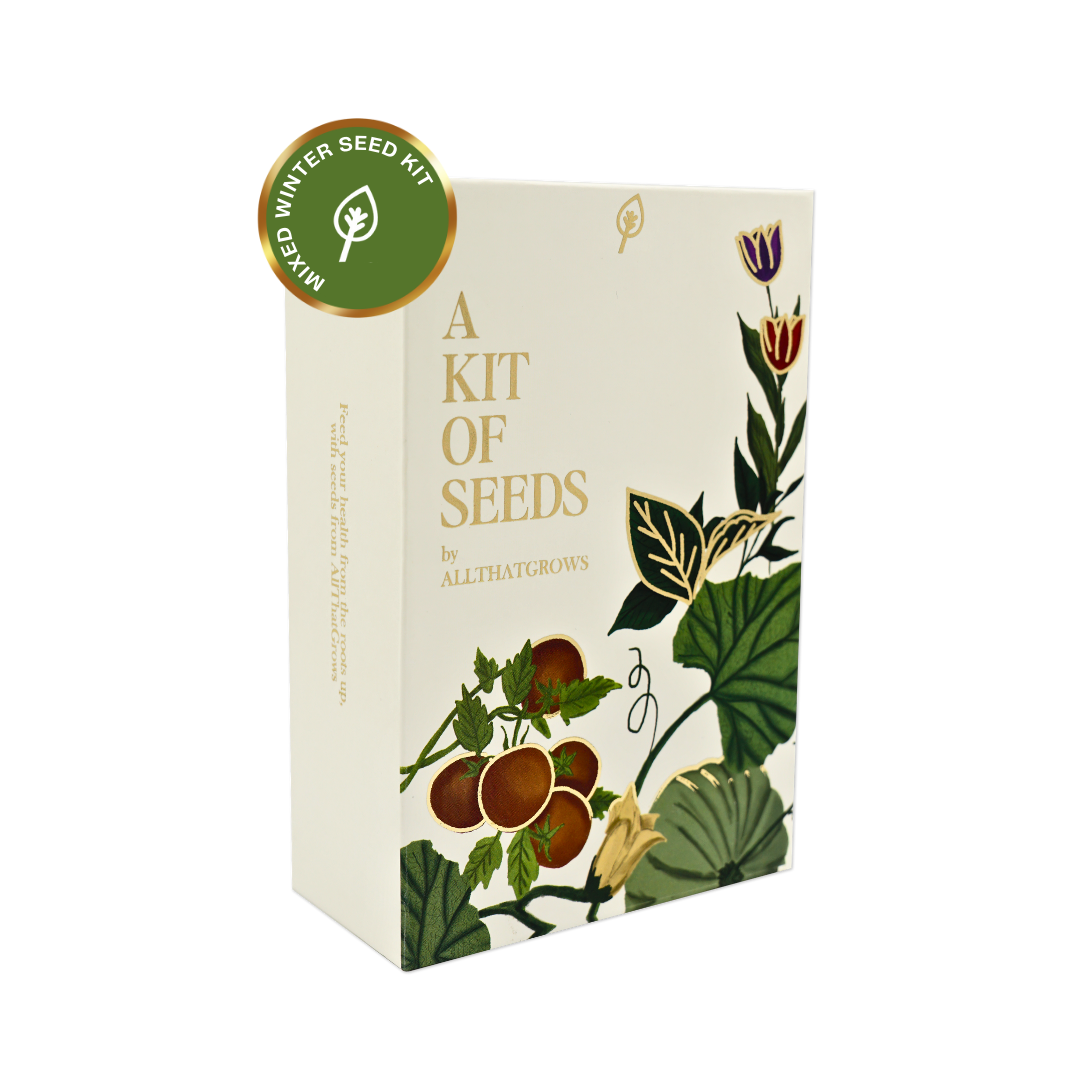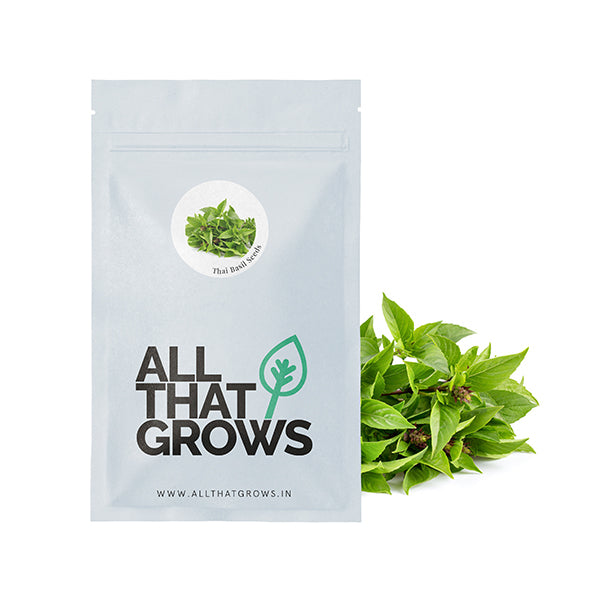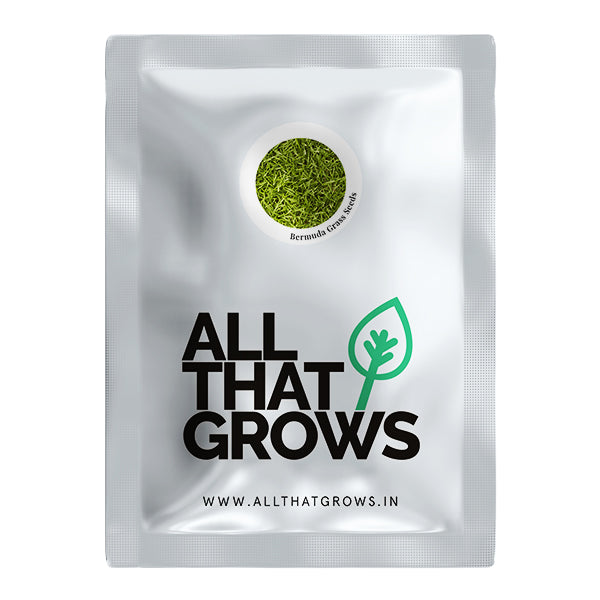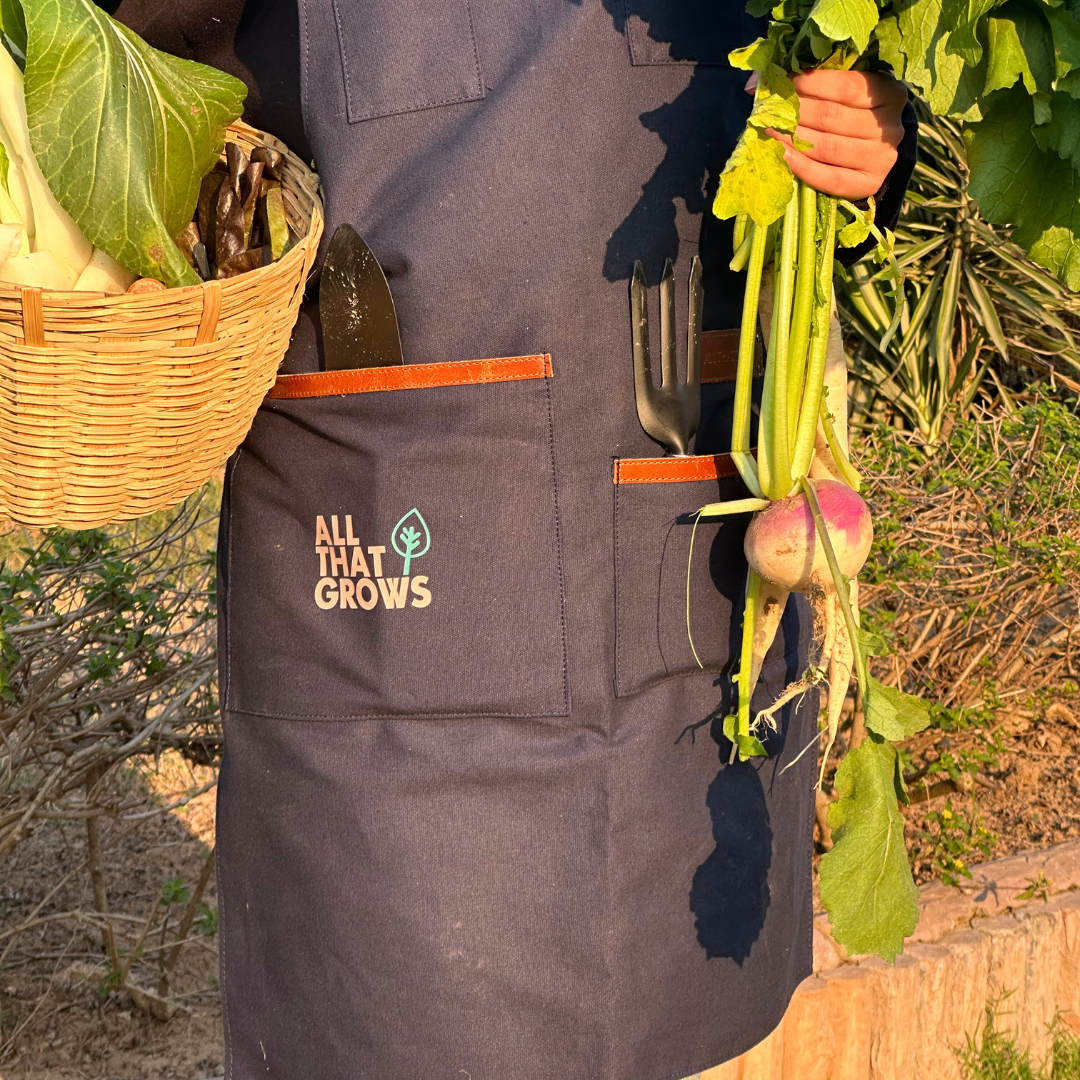- Details
- How to sow
- Reviews
The Brinjal is now a commonly found vegetable in most of the cuisines around the world. Nutritious, healthful, and full of flavour, the Brinjal is a significant part of the vegetarian food world. Native to India and Sri Lanka, this vegetable, which is botanically classified as a berry, was transported to different parts of the world as early as the 5th century. - One source finds mentions of Aubergine/ brinjal in a 5th century Chinese book. Eggplant is a member of the Solanaceae or the family of the nightshades, which includes tomatoes, potatoes, and peppers. It is now known to be grown around the world: Italy, Turkey, China, Egypt and other places. The vegetable is healthy and nutritious with no cholesterol, 2mg sodium, 0.4g protein, 3.2g carbohydrate and 119g potassium. Raw eggplant consists of many micronutrients such as: Riboflavin or Vitamin B2, Thiamin - Vit. B1, Panthothenic acid or B5, B6, Folate, Calcium, Iron, phosphorus, potassium, zinc and manganese.
Planting instructions
Brinjal seeds need to be sown indoors about 6 weeks before the weather begins to warm up. Brinjal seeds are sown at a depth of 0.4 inches in the soil. It is advisable to keep your brinjal plants indoors in a warm place.
You can even use bottom heat to maintain the soil temperature around 24°C for the first 10 days at least. Soaking the seeds overnight before planting helps to promote germination. The seeds need a temperature above 24°C to germinate well.
Once the seedlings have developed a couple of leaf sets, transplant them outdoors to grow in the warm weather. Maintain a regular watering schedule. Brinjals need a good moisture level in the soil. Allow the soil to dry slightly between watering schedules to avoid wilting.
Growing Requirements
Pests & Diseases
Pests: Potato Beetles, Flea Beetles, Aphids, Hornworms, Stinkbugs, Spider Mites. Diseases: Blossom-end rot, Cercospora leaf spot, Colletotrichum fruit rot, Damping off, Early blight, Phomopsis fruit rot, Powdery mildew, Verticillium wilt, Phytophthora blight. Watering the plants in the morning helps to avoid fungal diseases. Companion plants significantly reduce incoming pests on your crops. Watering down the plants with a strong stream of water followed by an application of diluted neem or castor oil on the pest-affected parts of the plant will help to get rid of them.
soil
Two weeks before sowing brinjal seeds, break large clumps in the soil and add natural manure. Maintain the pH level of the soil between 6.3 to 6.8.
spot
Brinjal plants need good air circulation and direct sunlight for at least 5-6 hours a day.
Temperature
Brinjals need an ideal temperature above 24°C to germinate well.
Watering
Brinjals need moist soil. Water the plants regularly. Allow the soil to dry a little between watering to discourage wilting.
how to harvest
Harvesting brinjals at the right time is extremely crucial. You can usually harvest brinjals in about 60-80 days from the day of planting. You can harvest the brinjals over a period of 1 month, by picking a few at a time weekly.
Press firmly on the glossy skin of the brinjal; if your finger leaves an indent in the fruit but it bounces back, you can harvest the crop. Over-ripe fruits become too soft. Pressing firmly on over-ripe brinjal will leave a permanent impression. And, if the brinjal is under-ripe, you would not be able to form a finger impression on it at all. It will be too hard.
Due to their size, brinjals can be tough to harvest by hand. Use pruning scissors to cut off the fruits along with some stem attached to it. Brinjals ideally should be consumed fresh within 2 days from harvesting them. If you think that you won’t be able to consume all of your harvest within 2 days then you can even wrap them in paper towels and store them in the refrigerator for about 5 to 7 days.

The productiveness of any seed we sell is subject to your local climatic conditions*, the sowing method you adopt, and your commitment to the planting process. We give no warranty, expressed or implied, and are in no way responsible for the produce.
Please note that all our seasonal recommendations/ sowing information is as per the local climatic conditions. *For more information on the optimum conditions required for growing seeds in your region, please contact us at, hello@allthatgrows.in or Whatsapp us at, +91 8544865077
Questions & Answers
Have a Question?
Be the first to ask a question about this.


















